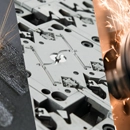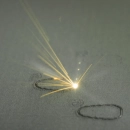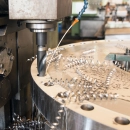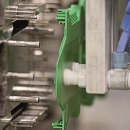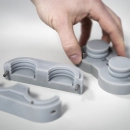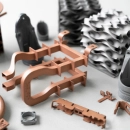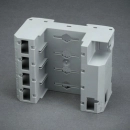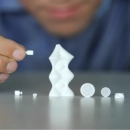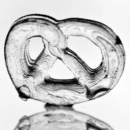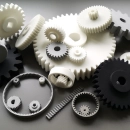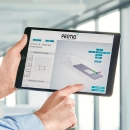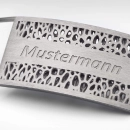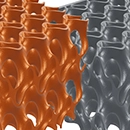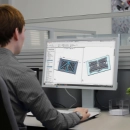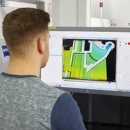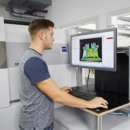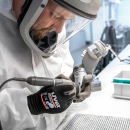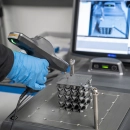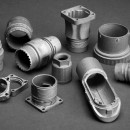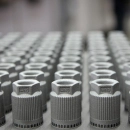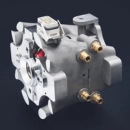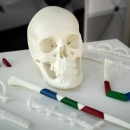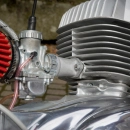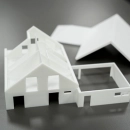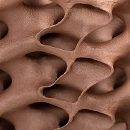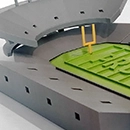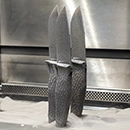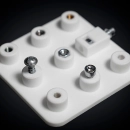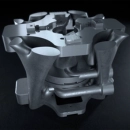Warpage
Warpage refers to the unwanted deformation of 3D-printed components, which is mainly caused by shrinkage, thermal stresses or uneven cooling. This phenomenon can severely impair the precision and functionality of the printed objects and in many cases represents a key challenge in 3D printing.
During the printing process, especially with thermoplastic materials, temperature changes occur that lead to uneven cooling. If different areas of the component cool down at different rates, tension forces can arise that distort the material. These stresses often lead to shrinkage, where the material is smaller than originally intended after cooling, resulting in deformation of the structure.
Thermal stresses occur especially when the material is heated and cooled rapidly. This can lead to internal stresses that increase distortion, especially in the case of large-surface or thick-walled components. There is also an increased risk of warpage if the temperature of the printing bed or ambient conditions are not properly controlled, for example due to draughts or fluctuating room temperatures.
Various strategies are used to minimize warpage. These include using heated print beds that promote uniform cooling, designing a closed print chamber to optimize temperature, and selecting appropriate print parameters, including reducing print speed. In addition, structural adjustments such as brims or rafts can be added to improve the adhesion of the part to the print bed.
Understanding the causes and prevention methods for warpage is crucial to ensure the quality and accuracy of the printed parts and to optimize the overall efficiency of the 3D printing process.



 Deutsch
Deutsch English
English Italiano
Italiano